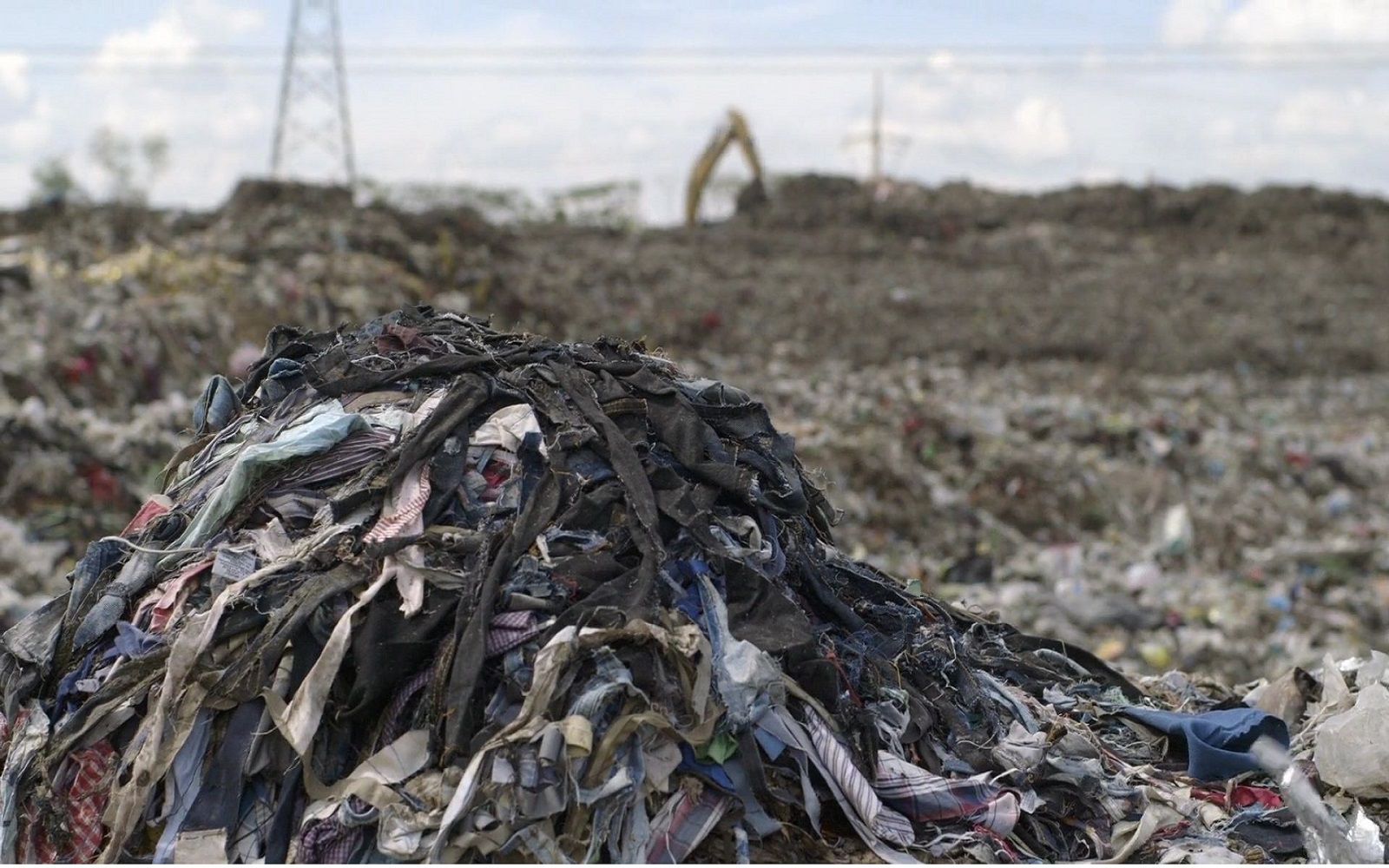
The biggest fake news about the fashion industry According to The New York Times
An interesting article by Vanessa Friedman in The New York Times gives us the opportunity to talk about fashion and its environmental impact, but also to ask when reliable data are communicated on the subject. Maybe someone remembers that in several sites and newspapers, like the authoritative The Guardian, the news has appeared that fashion is the second most polluting industry in the world. Perfectly credible, right? Too bad, however, that the data is not accurate. How? In a 2018 in which the problem-phenomenon of fake news has been widely discussed, is there now another one? Yes and no, because the information is not totally corresponding to the truth or, better, it is inaccurate as explained by the journalist who, first of all, specifies how it is, however, undeniable that fashion still has many steps to be taken in the field of sustainability and that it has "huge responsibility for carbon emissions, chemical runoff and landfill in different parts of the world". However, there is no credible and verifiable source that attests to the right degree of damage attributable to it and, therefore, no precise place to be assigned. Friedman takes as an example an article on the eco-sustainable work of the designer Eileen Fisher appeared on the OneGreenPlanet website (which in turn quotes a piece on the EcoWatch website) which states that "the 3 trillion dollar fashion industry is the second most polluting, behind oil ". When asked by The New York Times about the origin of this data, neither the woman nor the site can give a clear answer. Fisher speculates that the information comes from The True Cost, a film by Andrew Morgan in 2015, or from the Glasgow Caledonian Fair Fashion Center, while we need to go back to the Copenhagen Fashion Summit, a conference on sustainable fashion, which began in 2008.
Continuing to dig, the pen of the famous magazine, after a very long chain of rebounds on the origin of the offending statement, gets to get an answer: there is a lack of reliable facts (too many supply chains complex, sometimes impossible to tracing) to accurately quantify the role, though decisive, of the fashion industry (which could include household items and bed linen or other things) in environmental pollution. So why was it so easy for everyone to believe this fake news? Just continue reading the article to find out a possible answer: because it is plausible and fashion, with all the prejudices that distinguish it, is a perfect culprit. Then, to be honest, fashion will not be in second place among the most polluting industries, but, probably, it is at least in the top five. At the end of the article Friedman offers us real data on the bad actions of the fashion world, respectively taken from reports by McKinsey and Qantis and a book called Manual of remediation of textile effluents, published by Mohd Yusuf:
"- Almost three-fifths of all clothing ends up in incinerators or landfills within a year of production.
-Over 8 percent of global greenhouse gas emissions are produced by the apparel and footwear industries.
- Furthermore, 20-25% of the chemical compounds produced worldwide are used in the textile finishing industry."
Accusing, albeit in an imprecise manner, the style sector of being one of the main proponents of environmental problems, can also have a positive side, that is to push all those who are part of it to act better and more responsibly, as they have worked and continue to make eco-friendly realities such as Patagonia, which recently launched the Save the Blue Heart campaign to raise public awareness of the scale and negative long-term impact on the environment of hydroelectric projects on wild rivers in Europe or adidas that has made special sneakers or kits for football teams in collaboration with the Parley organization that aims to reduce the use of virgin plastic, recovering plastic waste from the seas and using them for alternative purposes. Perhaps fashion has not yet found a truly effective and engaging way to improve the destiny of our planet, but, some small steps are done daily. Perhaps still too few.











































